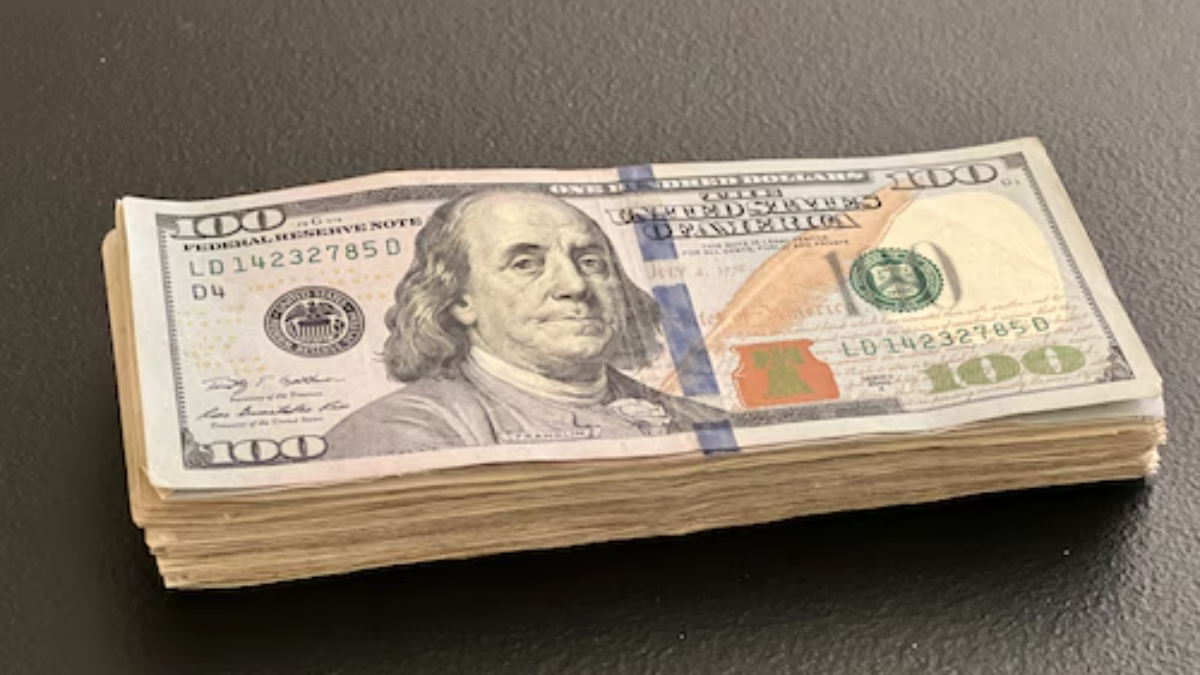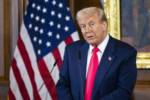A Value-Added Tax (VAT) is a consumption tax widely used in Europe and other parts of the world. It plays a significant role in international trade and economic policy. Recently, VAT has come into the spotlight in the United States, with former President Donald Trump proposing reciprocal tariffs as a response to what he perceives as an unfair trade advantage. Let’s delve into how a VAT works and why it has become a point of contention in global trade discussions.
What Is a VAT?
A VAT is a tax levied on the value added to goods and services at each stage of production or distribution. Unlike a sales tax, which is only charged to the end consumer, a VAT is collected throughout the supply chain, from manufacturers to retailers.
For example, consider a manufacturer producing furniture. VAT is charged on the raw materials they purchase, on the production process, and on the final sale to the customer. Businesses involved in the process can claim a credit for the VAT they’ve already paid, meaning the tax burden ultimately falls on the end consumer.
VAT rates vary across countries, with most European nations setting rates between 15% and 27%. This system is a significant source of government revenue, funding public services such as healthcare, education, and infrastructure.
How VAT Affects International Trade
The VAT system is structured to encourage exports and tax imports, creating what some view as a trade imbalance. Here’s how:
- Exports Are VAT-Free
- When European companies export goods outside the European Union (EU), those goods are exempt from VAT. This reduces costs for exporters and makes their products more competitive in international markets.
- Imports Are Taxed
- Goods imported into Europe are subject to VAT, ensuring they are taxed at the same rate as domestically produced items.
This dual system allows European exporters to benefit from lower production costs while imported goods face higher costs, a dynamic that has drawn criticism from U.S. leaders.
Why Is Trump Targeting VAT with Reciprocal Tariffs?
Former President Donald Trump has long argued that the VAT system gives Europe an unfair advantage in international trade. By exempting exports from VAT while taxing imports, European countries create a playing field that, according to Trump, disadvantages U.S. businesses.
To counter this perceived imbalance, Trump proposed imposing reciprocal tariffs on goods imported from countries with VAT systems. The idea is to level the playing field by taxing imports to the U.S. at rates comparable to those faced by American goods in foreign markets.
Trump’s plan reflects broader concerns about global trade dynamics and the need to protect U.S. manufacturing and jobs. However, the proposal has sparked debate about its potential economic impact and compatibility with international trade rules.
Pros and Cons of VAT
A VAT system has its advantages and disadvantages, which play into the broader discussion about its impact on trade and economic policy.
Pros:
- Revenue Generation
- VAT is a stable and significant source of government revenue.
- Broad-Based Taxation
- Since VAT applies to all stages of production, it ensures a broad tax base.
- Encourages Exports
- By exempting exports, VAT systems incentivize domestic production for global markets.
Cons:
- Regressive Taxation
- VAT disproportionately affects lower-income individuals, who spend a larger share of their income on taxable goods.
- Administrative Complexity
- Implementing and maintaining a VAT system can be challenging for businesses and governments.
- Trade Imbalance
- Critics argue that VAT systems create unfair advantages in international trade, as seen in Trump’s critique.
The Global Trade Implications
Introducing reciprocal tariffs in response to VAT systems could have significant repercussions for global trade. Supporters argue that such tariffs would protect U.S. industries and jobs, ensuring fair competition.
However, critics warn that reciprocal tariffs could escalate trade tensions, leading to retaliatory measures from other countries. This could disrupt global supply chains, increase consumer prices, and harm economic growth.
The World Trade Organization (WTO) and other international bodies emphasize the importance of cooperative trade policies. They caution against unilateral measures that could undermine global trade norms.
Will the U.S. Adopt VAT?
The debate over VAT and reciprocal tariffs has reignited discussions about whether the U.S. should adopt a VAT system. Proponents argue that introducing a VAT could generate significant revenue, reduce the federal deficit, and simplify the tax code.
Opponents, however, point to the regressive nature of VAT and its potential impact on low-income households. They also raise concerns about adding another layer of taxation to the U.S. economy.
For now, the U.S. continues to rely on a sales tax system at the state level, with no federal VAT in place.
Conclusion
A Value-Added Tax is a cornerstone of economic policy in Europe and other regions, influencing trade dynamics and government revenues. Trump’s proposal for reciprocal tariffs highlights the ongoing debate about fairness in international trade and the role of taxation systems in shaping global markets.
While VAT has clear advantages, its impact on trade and inequality raises important questions for policymakers. Whether the U.S. will adopt a VAT system or implement reciprocal tariffs remains to be seen. However, these discussions underscore the importance of balancing economic competitiveness with fairness and equity in trade policy.
For more insights into VAT systems and global trade, visit OECD’s guide to VAT.
Disclaimer – Our team has carefully fact-checked this article to make sure it’s accurate and free from any misinformation. We’re dedicated to keeping our content honest and reliable for our readers.








